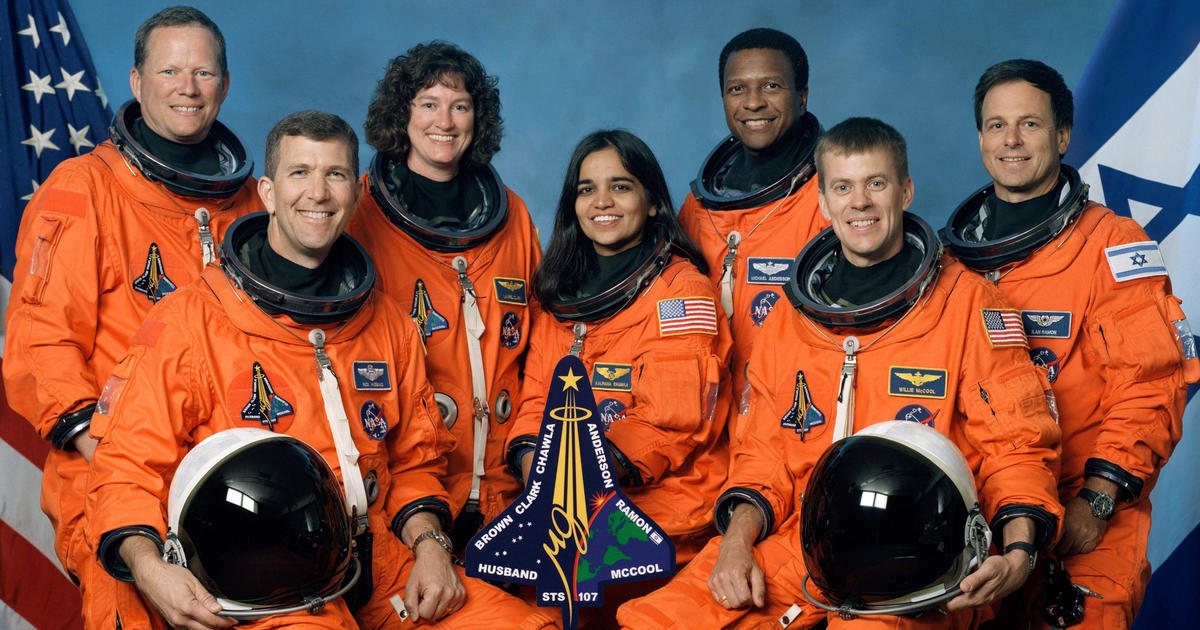
20 years after space shuttle Columbia disaster, lessons learned still in sharp focus at NASA
CBSN
Twenty years ago this Wednesday — on Feb. 1, 2003, at 8:48:39 a.m. EST — a sensor in the space shuttle Columbia's left wing first recorded unusual stress as the orbiter and its seven crew members headed back to Earth to close out a successful 16-day science mission.
Over the next 12 minutes, an on-board data recorder would track a cascade of alarming sensor readings and failures on the left side of the spacecraft that indicated a rapidly escalating catastrophe as the blazing heat of re-entry engulfed the ship.
But it initially played out behind the scenes in the ship's fight computers, which waged an increasingly desperate struggle to keep Columbia on track for a planned landing at the Kennedy Space Center in Florida where friends and family were waiting.

As vaccination rates decline, widespread outbreaks of diseases like measles and polio could reemerge
Health officials in western Texas are trying to contain a measles outbreak among mostly school-aged children, with at least 15 confirmed cases. It's the latest outbreak of a disease that had been virtually eliminated in the U.S., and it comes as vaccination rates are declining — jeopardizing the country's herd immunity from widespread outbreaks.












